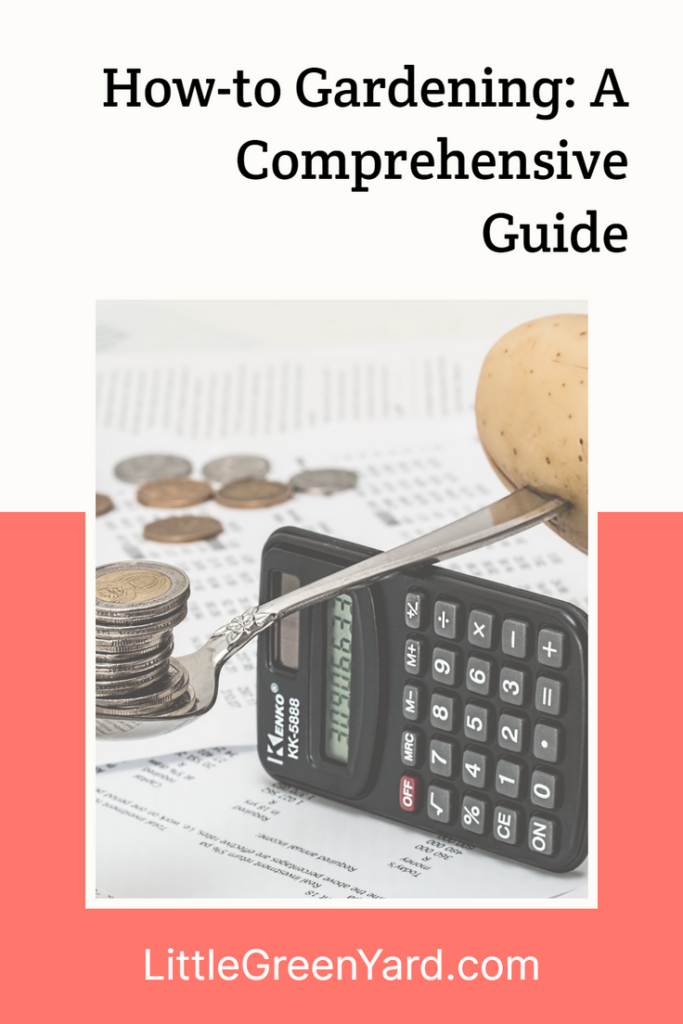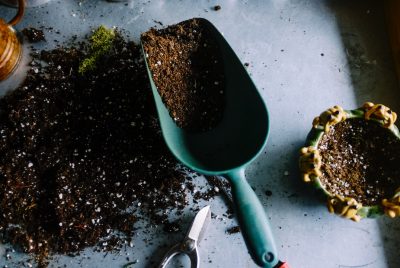How-to Gardening: A Comprehensive Guide
Save Money, Prevent Slugs, Light Up Your Garden, Propagate Plants, Costs of Urban Gardening
As a gardening enthusiast and advisor, I’m excited to share with you a comprehensive guide on how to make the most of your gardening journey. In this article, we’ll explore various topics and provide helpful suggestions to help you achieve a thriving garden. Let’s dive in!
Introduction
Gardening is not only a fulfilling hobby but also a way to beautify our surroundings and connect with nature. In this guide, I’ll share practical tips and techniques to help you save money, prevent slugs, light up your garden, and propagate plants successfully.
1. Saving Money: Watering Your Garden
Watering your garden efficiently is essential for conserving water and reducing your water bill. In this section, we’ll discuss some effective strategies:
– Utilize Drip Irrigation Systems
Drip irrigation systems are an excellent investment for gardeners. They deliver water directly to the roots, minimizing evaporation and ensuring efficient water usage.
– Collect Rainwater
Harness the power of nature by collecting rainwater. Set up rain barrels or tanks to capture rainwater, which can be used to water your plants during dry spells. Check this article from Louise for 9 additional steps towards eco-gardening!
– Mulching
Apply a layer of organic mulch around your plants to retain moisture in the soil, reduce weed growth, and prevent water evaporation.
2. Slug Prevention: Keeping Your Garden Slug-Free
Slugs can wreak havoc on your plants. Here are some tips to prevent slug infestations:
– Create Barriers
Place copper tape or diatomaceous earth around your garden beds. Slugs dislike crossing these barriers due to their texture, helping to protect your plants.
– Beer Traps
Set up beer traps by burying containers filled with beer in the ground. Slugs are attracted to the beer, fall in, and drown.
– Natural Predators
Encourage natural slug predators in your garden, such as birds, frogs, and hedgehogs. Providing suitable habitats and food sources will attract these helpful creatures.
3. Lighting Up Your Garden: Enhancing the Ambiance
Extend the enjoyment of your garden into the evening hours by adding lighting features. Here are some ideas:
– Solar-Powered Lights
Invest in solar-powered lights that harness sunlight during the day and illuminate your garden at night. They are eco-friendly and cost-effective.
– String Lights
Hang string lights across your outdoor space to create a warm and magical atmosphere. They can be draped along fences, pergolas, or trees.
– Pathway Lighting
Install pathway lighting to enhance safety and add a touch of elegance to your garden. Solar-powered or low-voltage LED lights are excellent options.
4. Propagating Plants: Expanding Your Garden
Propagating plants allows you to multiply your plant collection without spending a fortune. Here are some propagation methods:
– Stem Cuttings
Take stem cuttings from healthy plants and root them in a well-draining soil mix. With proper care, they will develop roots and grow into new plants.
– Division
Divide mature plants, such as perennials, into smaller sections and replant them. This technique helps rejuvenate the plant and expand your garden.
– Seed Saving
Collect seeds from your existing plants and store them properly for future use. This method is cost-effective and allows you to preserve unique plant varieties.

5. How To Evaluate Costs of Urban Gardening
Evaluating the costs of urban gardening is an important step in planning and managing your garden. Here are some key factors to consider when evaluating the costs:
- Initial Setup Costs: Determine the initial expenses required to set up your urban garden. This may include purchasing gardening tools, containers, soil, compost, seeds or seedlings, and any necessary infrastructure like raised beds or trellises.
- Soil and Amendments: Assess the cost of acquiring good quality soil or soil amendments like compost, vermicompost, or organic fertilizers. The type and quantity of soil amendments needed will depend on your garden’s size and soil quality.
- Plants and Seeds: Consider the cost of purchasing plants or seeds for your garden. Some plants may be more expensive than others, especially if you opt for heirloom varieties or unique cultivars. Decide whether you’ll buy seedlings or start from seeds.
- Watering: Evaluate the cost of water for irrigating your garden. If you rely on municipal water, consider the water rates and estimate how much water your garden will require. Alternatively, you can explore rainwater harvesting systems or utilizing greywater for irrigation to reduce costs.
- Maintenance: Factor in ongoing maintenance costs such as fertilizers, pest control measures, and regular upkeep of your garden. This may include purchasing organic insecticides, fungicides, or tools for pruning and weeding.
- Energy Costs: If you’re using artificial lighting for indoor gardening or hydroponic systems, evaluate the energy consumption and associated costs. LED grow lights are energy-efficient options to consider.
- Harvest and Yield: Assess the value of the produce you expect to harvest from your urban garden. Consider the cost savings compared to purchasing similar organic produce from the market. Keep a record of the harvest to calculate the return on investment.
- Space Rental or Land Ownership: If you’re renting a garden space or utilizing a community garden plot, include the rental fees or membership costs in your evaluation. If you own the land, consider the opportunity cost of using the space for gardening instead of other purposes.
- Educational Resources and Courses: Depending on your gardening knowledge and experience, you might want to invest in books, courses, or workshops to enhance your skills. Consider these costs if you plan on expanding your gardening expertise.
- Time and Effort: While not a direct financial cost, consider the time and effort you’ll need to invest in urban gardening. Your time has value, so evaluate whether the benefits of gardening outweigh the time commitment.
By considering these factors, you can evaluate the costs associated with urban gardening and make informed decisions about budgeting and managing your garden effectively. Keep in mind that costs can vary based on location, scale, gardening methods, and personal preferences.
Parting Words
By following the tips and techniques outlined in this comprehensive guide, you can save money on watering, prevent slug damage, create an enchanting garden ambiance with lighting, and expand your plant collection through propagation. Enjoy the journey of gardening and witness the beauty and abundance it brings to your life!
FAQs
- How often should I water my garden?
The watering frequency depends on various factors, such as plant type, weather conditions, and soil moisture. It’s best to monitor the soil’s moisture level and water when it feels dry about an inch below the surface.
- What are some organic slug control methods?
Organic slug control methods include copper barriers, diatomaceous earth, beer traps, and encouraging natural slug predators like birds and frogs.
- Are solar-powered lights suitable for all garden sizes?
Solar-powered lights are versatile and can be used in gardens of all sizes. You can choose from a wide range of options, including path lights, spotlights, and decorative string lights.
- Can I propagate any plant through stem cuttings?
While many plants can be propagated through stem cuttings, some may require specific techniques or conditions. It’s essential to research the specific plant you want to propagate to ensure success.
- How do I properly store collected seeds for future use?
Store collected seeds in a cool, dry place in airtight containers. Label each container with the plant name and collection date to keep track of the seeds’ viability.
Note: This article provides general gardening advice. Please adapt the suggestions to suit your specific gardening conditions and consult local resources for plant-specific recommendations.




